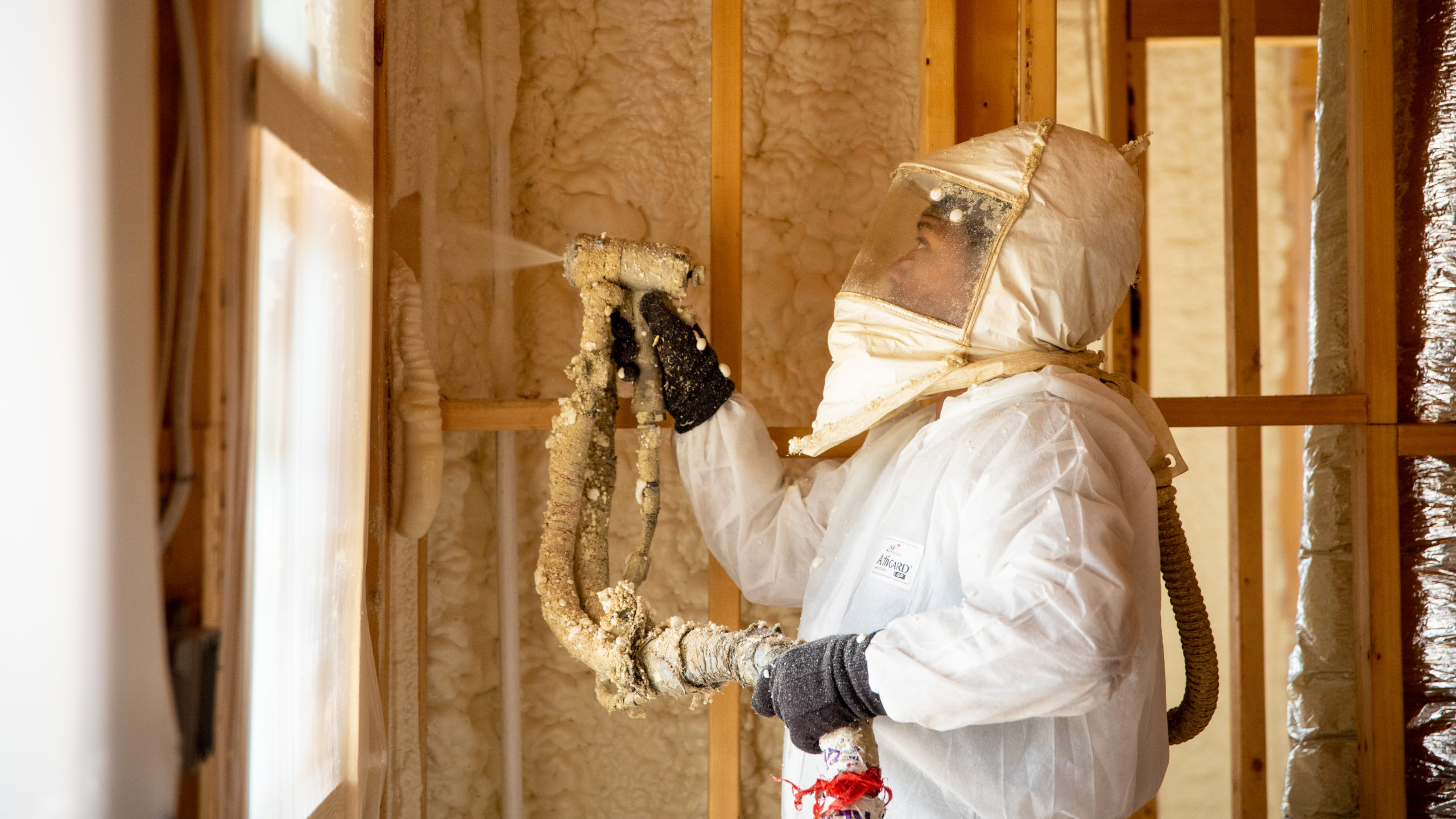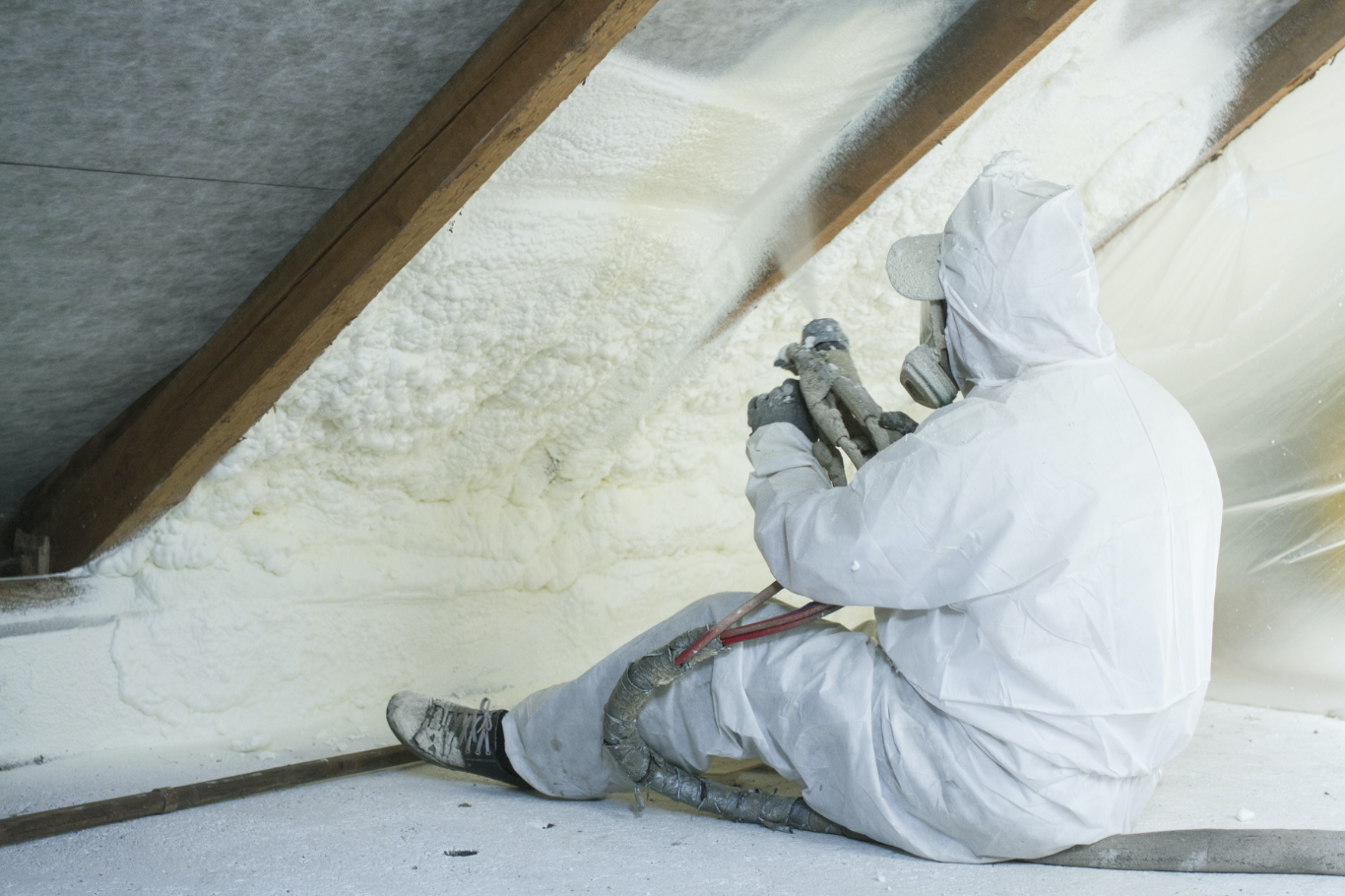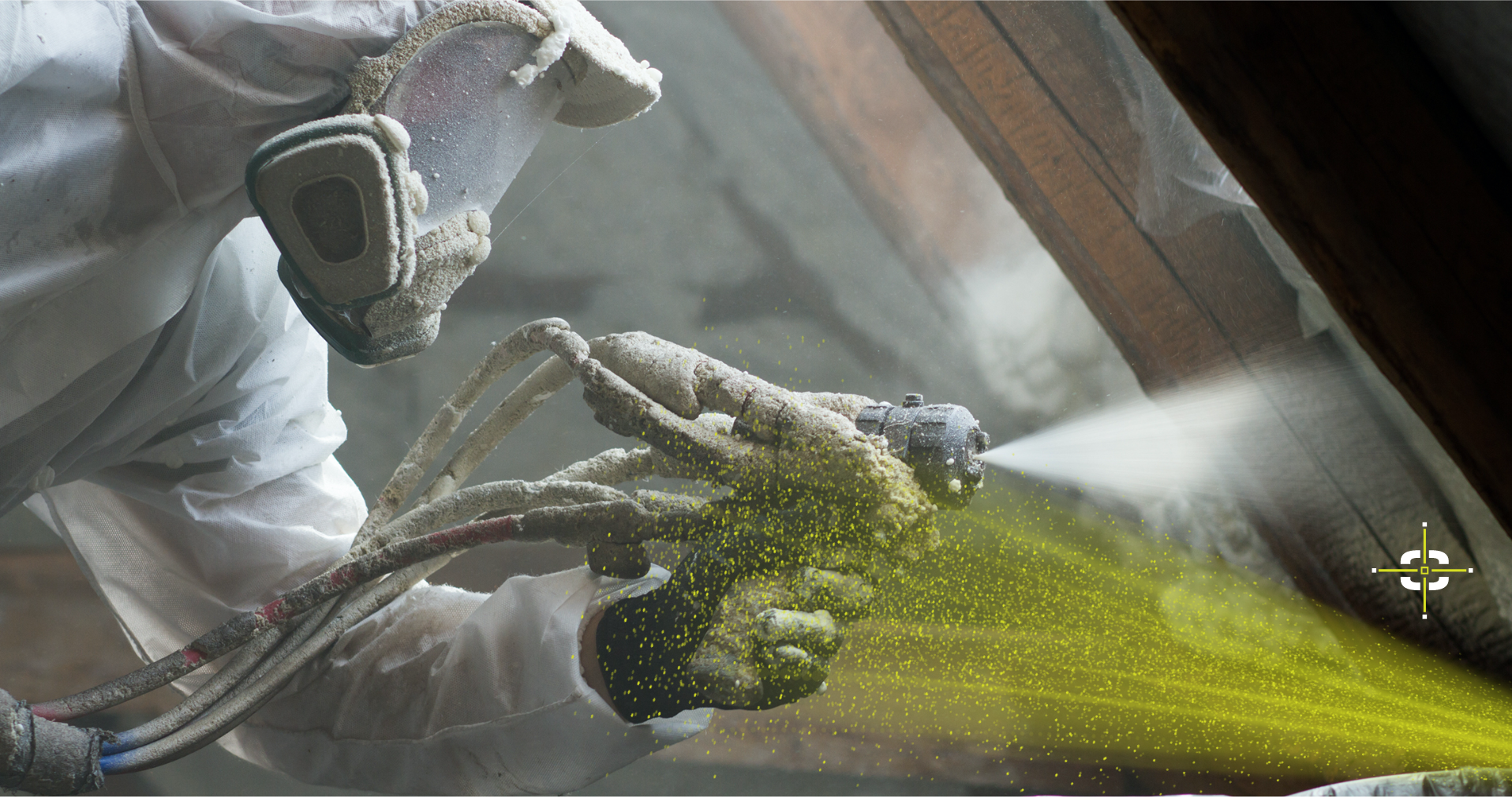
There are many factors to consider when making decisions about your home’s insulation, and climate is one of the most influential.
Whether you’re building a new home or updating an old one, knowing how your environment affects your structure can help you determine what you need for the best results.
Here’s what living in a hot and humid climate means for your insulation, from temperature differences to crucial installation spots and product options.
How Hard is it to Insulate in Hotter Climates?
There is a common misconception that insulation in hotter climates is harder to work with than in colder climates, but this is not the case.
If you live in a hot state like Florida, outdoor temperatures can range from 90° to over 105°F on summer days.
Inside, you’ll generally want to keep your house below a maximum temperature of about 75 degrees. On average, days like this will give you a roughly 25-degree temperature difference between your home and the outside world.
On the other hand, in colder states like Michigan, winter months can bring average outdoor temperatures that can range anywhere from below 20° to 30°F.
Indoors, you’d need to set your thermostat to around 70 degrees for a comfortable and budget-friendly winter. This would give you a roughly 40-degree temperature difference between indoors and outdoors, almost double that of homes in hotter climates.
What does all this mean?
Insulation in hot, humid climates doesn’t have to work as hard to regulate your home, as the difference between indoor and outdoor temperatures is smaller during peak seasons. That being said, you’ll need to target key areas with insulation and follow other precautions to keep your home as efficient as possible.
What spaces in your home should you insulate and seal in a hot and humid climate?
Insulation is an integral part of your home’s ability to regulate temperatures, but it has to be installed correctly to be effective.
A big part of proper installation is making sure critical areas in your home are filled with insulation and protected in other ways. If they’re neglected, you’ll lose out on energy savings and could end up with drafty rooms and hot/cold spots.
In hot and humid climates, there are a few main locations that are crucial for insulation success:
The Attic

It’s important to fully insulate your entire attic, to ensure that air and temperatures are flowing where they should, and staying away from where they shouldn’t.
A common mistake people could make is only installing insulation on the floor of the attic.
Instead, you’ll need to insulate the walls, floor, and ceiling of your attic to make sure there are fewer places for warm air to gather.
This helps to keep the sun’s heat out and will help prevent your attic from turning into an oven that tries to heat up the rest of your house.
Another way to prevent an “oven attic” is to run an air conditioning vent through your attic. The fewer hot spots you have in your house, the easier your AC’s job will be, saving you money on your utility bills over time.
All in all, your attic needs to be as insulated as possible, with good ventilation, to keep hot air from gathering and to make your AC’s job easier.
Doors and Windows
Keeping the barriers between your home’s interior and the outside world sealed is a great way to help regulate temperatures.
Weatherstripping doors and windows is a great and easy way to do this, but it’s often overlooked. It’s simple, cost-effective, and keeps cool air in while keeping hot air out.
Even though it seems obvious, simply making sure your windows and doors are closed while your AC is running has a large impact on your home’s efficiency as well.
Overall, sealing your windows and doors means your AC won’t have to work as hard in the summer, saving you money on your energy bills. The small details add up.
Exterior Walls
Insulating your exterior walls is important for keeping the sun’s heat out of your home.
However, before you can even start thinking about adding insulation to all your exterior walls, you need to make sure you have moisture and humidity under control.
Check and make sure your ceilings, floors, pipes, siding, windows, and doors are all properly sealed. You need a dry space to apply insulation, and it needs to stay that way for long-term success.
Beyond the negative effects moisture and liquids have on your insulation’s performance, they can cause mold and structural problems if left untreated, posing a threat to your home and even your health.
Should I Insulate Crawl Spaces and Basements in Hot Climates?
In hot and humid climates, crawl spaces and basements might be the only parts of your home that stay relatively cool. This is because they’re shaded and have layers of protection between them and the sun.
This means that insulating them is not always a top priority. In fact, it’s probably more important that you keep them dry, making sure moisture doesn’t work its way in and turn into mold.
Having properly sealed floors, windows, doors, and walls in the rest of your home (like we previously mentioned) will help you achieve this.
If you do need to insulate your crawl spaces and/or your basement, spray foam insulation is a great way to provide both temperature regulation and moisture sealing properties, simultaneously.
Once again, the small details in your home add up. A problem in one spot can lead to issues in another, but protection in one area can also shield the rest.
What Kind of Insulation Should You Use?

There are a few things to take into consideration when picking an insulation option. One of the first things to think about is R-Values.
An R-value is the rating used to indicate an insulation material’s thermal resistance, in other words, the material’s ability to slow heat transfer. Your homes insulation should be consistent with current building codes.
Different insulation materials yield different R-values and have unique benefits and drawbacks. To learn more about what insulation material would be best for your home, read our blog post talking about Spray Foam vs Blown-In vs. Fiberglass and more.
The Accufoam® Difference
Accufoam® makes spray foam insulation products that provide superior protection from temperature and moisture transfer in your home.
When you use Accufoam®’s spray foam insulation, you’ll be able to keep your home at a comfortable temperature, increase its structural integrity, seal off moisture, reduce noise levels, and save money on your energy bills.
Whether you’re building a new house or looking to make updates to your current home, Accufoam® has the permanent insulation solution that will keep your home sealed.
If you want to learn more about Accufoam® and Spray Foam Insulation, be sure to read our Frequently Asked Questions blog.
Contact us today, and we’ll connect you with a professional installer in your area. Call (205) 440-4996 or fill out our online contact form to get started.


